G. Zweig
Achieving Human Parity in Conversational Speech Recognition
Feb 17, 2017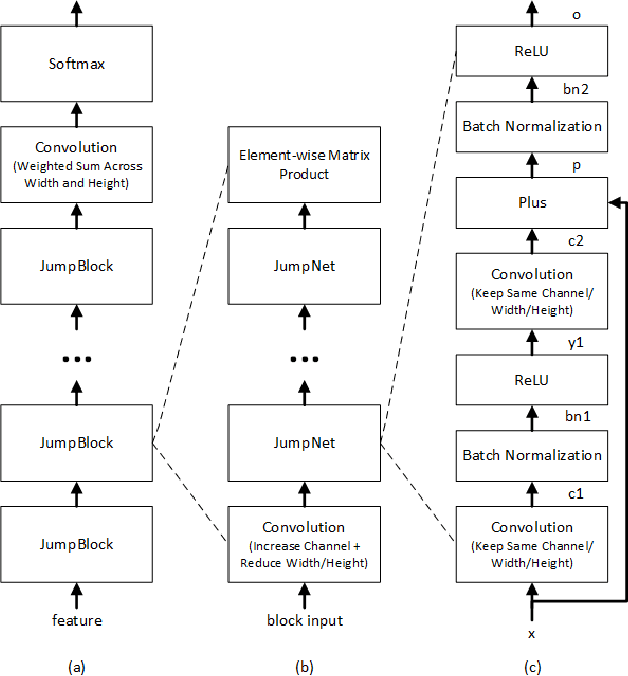
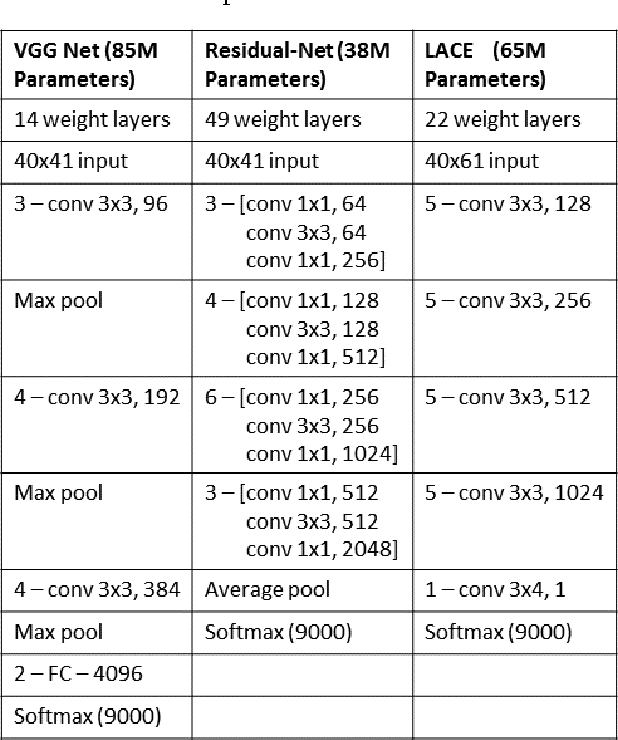


Abstract:Conversational speech recognition has served as a flagship speech recognition task since the release of the Switchboard corpus in the 1990s. In this paper, we measure the human error rate on the widely used NIST 2000 test set, and find that our latest automated system has reached human parity. The error rate of professional transcribers is 5.9% for the Switchboard portion of the data, in which newly acquainted pairs of people discuss an assigned topic, and 11.3% for the CallHome portion where friends and family members have open-ended conversations. In both cases, our automated system establishes a new state of the art, and edges past the human benchmark, achieving error rates of 5.8% and 11.0%, respectively. The key to our system's performance is the use of various convolutional and LSTM acoustic model architectures, combined with a novel spatial smoothing method and lattice-free MMI acoustic training, multiple recurrent neural network language modeling approaches, and a systematic use of system combination.
Advances in All-Neural Speech Recognition
Jan 25, 2017



Abstract:This paper advances the design of CTC-based all-neural (or end-to-end) speech recognizers. We propose a novel symbol inventory, and a novel iterated-CTC method in which a second system is used to transform a noisy initial output into a cleaner version. We present a number of stabilization and initialization methods we have found useful in training these networks. We evaluate our system on the commonly used NIST 2000 conversational telephony test set, and significantly exceed the previously published performance of similar systems, both with and without the use of an external language model and decoding technology.
The Microsoft 2016 Conversational Speech Recognition System
Jan 25, 2017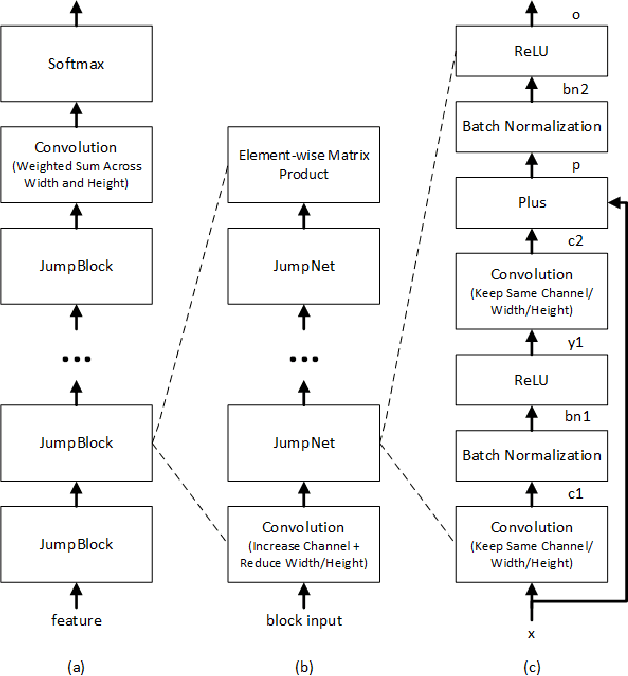
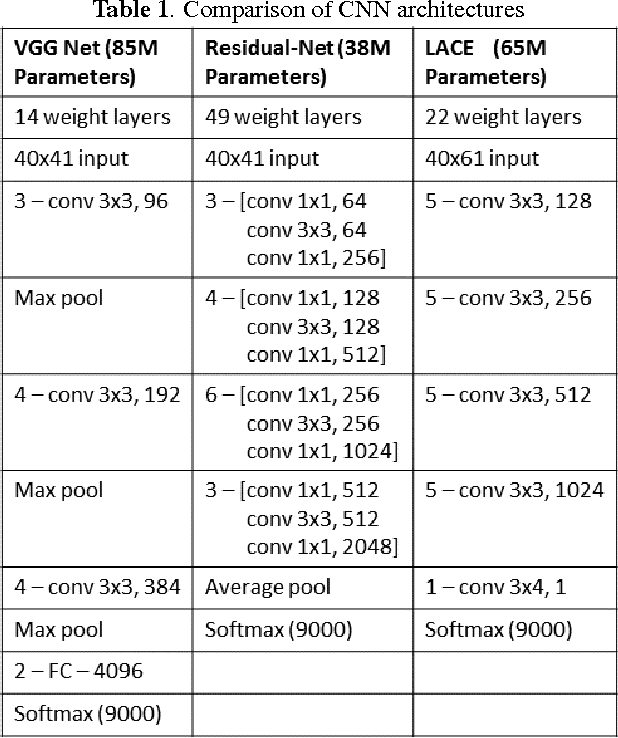

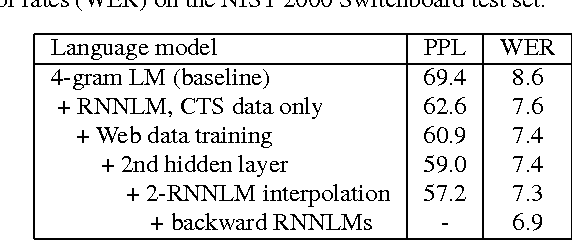
Abstract:We describe Microsoft's conversational speech recognition system, in which we combine recent developments in neural-network-based acoustic and language modeling to advance the state of the art on the Switchboard recognition task. Inspired by machine learning ensemble techniques, the system uses a range of convolutional and recurrent neural networks. I-vector modeling and lattice-free MMI training provide significant gains for all acoustic model architectures. Language model rescoring with multiple forward and backward running RNNLMs, and word posterior-based system combination provide a 20% boost. The best single system uses a ResNet architecture acoustic model with RNNLM rescoring, and achieves a word error rate of 6.9% on the NIST 2000 Switchboard task. The combined system has an error rate of 6.2%, representing an improvement over previously reported results on this benchmark task.
 Add to Chrome
Add to Chrome Add to Firefox
Add to Firefox Add to Edge
Add to Edge